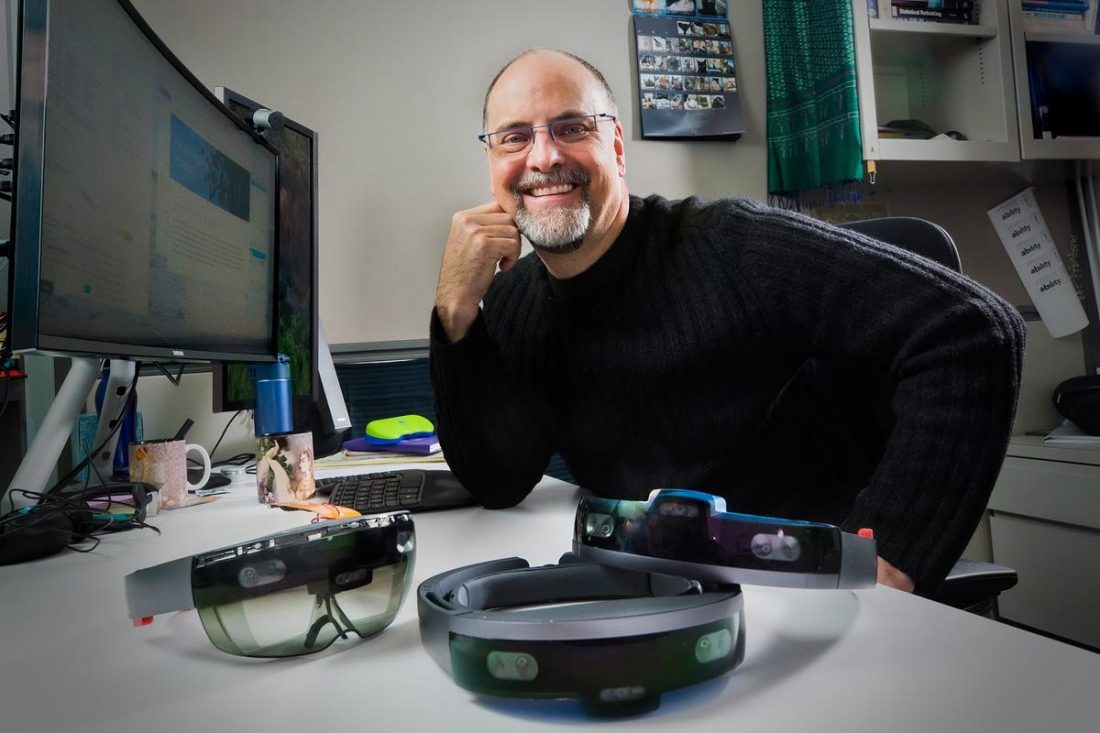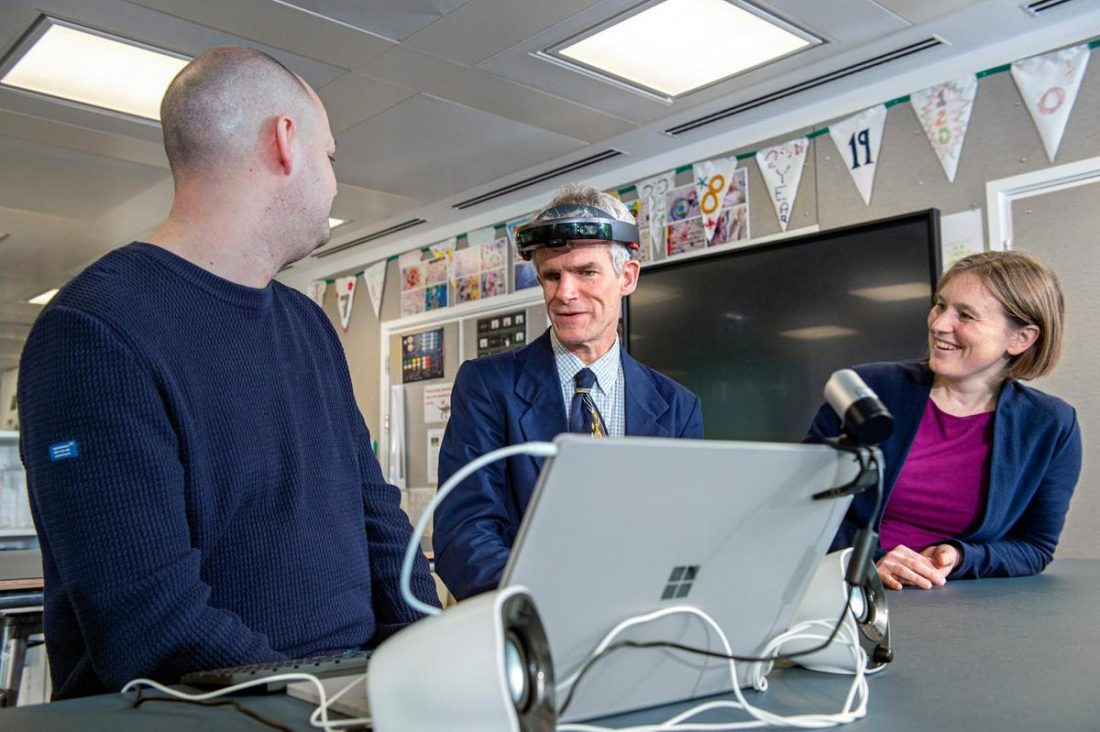Microsoft has broken down how far its Project Tokyo has progressed in helping the visually impaired go about their daily lives more easily, particularly in providing varying levels of information about who is in the user’s environment. Project Tokyo was a project in which researchers at the Silicon Valley giant looked into how technologies such as artificial intelligence (AI) and augmented reality can achieve the project’s core objective. Ed Cutrell, a senior principal researcher with Microsoft’s research organization in Redmond, Washington and a co-leader of Project Tokyo said they started by observing how they interacted with other people as they navigated airports, attended sporting venues and went sightseeing, among other activities. This was followed by a series of consultations with the community of the visually impaired. A key learning was how an enriched understanding of social context could help people who are blind or with low vision make sense of their environment, according to Microsoft’s Cutrell.
Blind Audio Engineer Plays Role in Building Project Tokyo
Peter Bosher, an audio engineer in his mid-50s who has been blind most of his life and worked with the Project Tokyo team early on the design process. Bosher said:
Holograms and Audio Cues
With the inputs gathered, the team worked on an original Microsoft HoloLens, a mixed reality headset that projects holograms into the real world for users to tailor-fit to their preferences. Microsoft described the device as having: It added: Bosher said his favorite is how the technology gives the user the angle of gaze, making for “a great tool for learning body language.”
The Future of Project Tokyo
The team said it will continue to work with people who are blind or with low vision, including more children who have been blind since birth to be able to enrich their learning on what more needs to be done.

